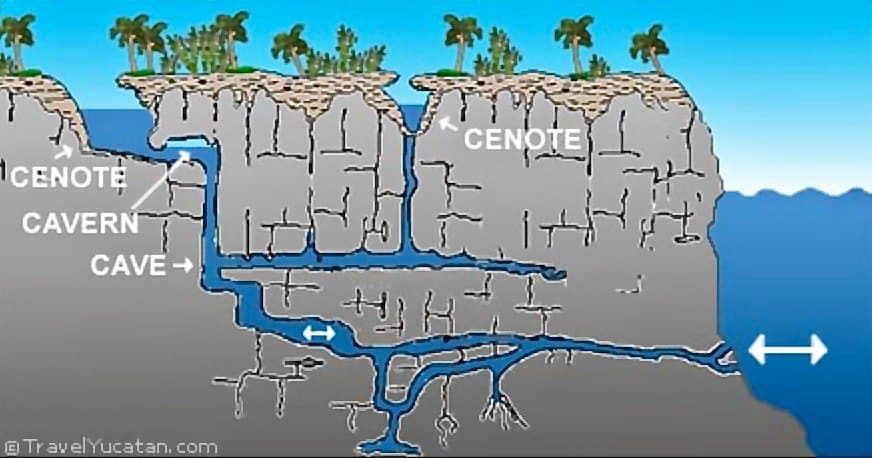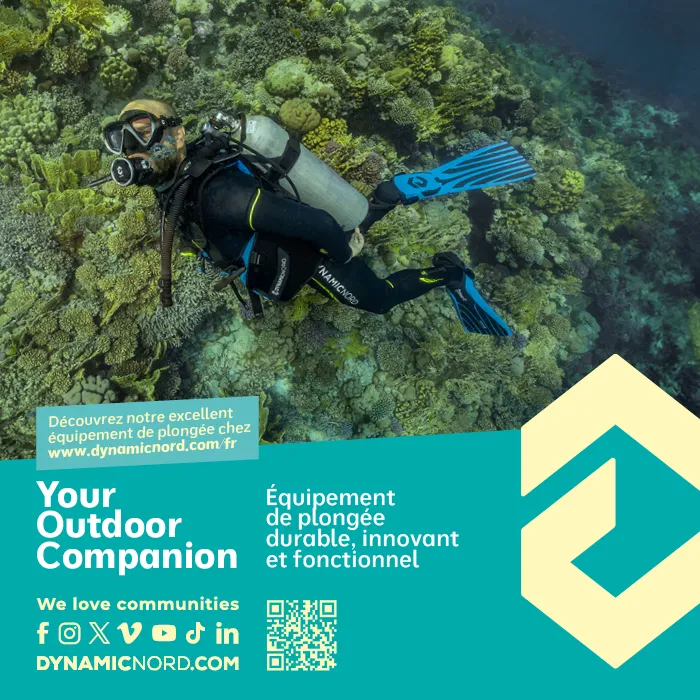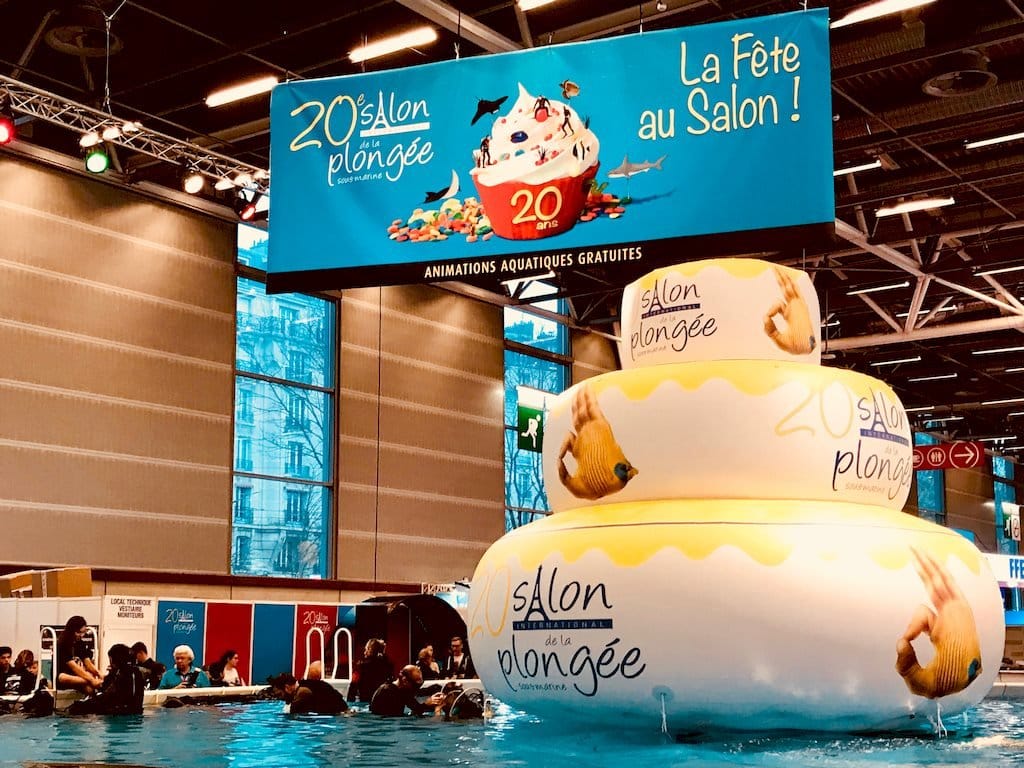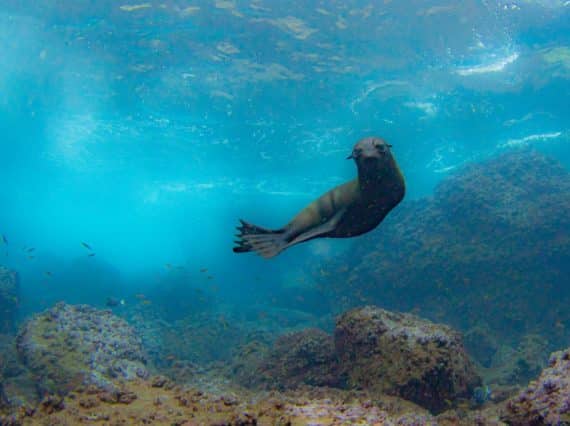Diving in the cenotes

Perfectly suited for those who want to test their ability to vault. Dives in the cenotes offer many benefits and convince the most claustrophobic of us.
The unusual nature of this type of quite magical dives. Makes many divers travel to Mexico each year for an unforgettable experience in the translucent blue waters of the Mayan Riviera cenotes on the Yucatan Peninsula.
What is it ?
The word cenote comes from the Mayan word dz’onot which means “cavity with water”.
They are are natural wells or caves more or less deep present mainly in Central America. Formed by the collapse of the rocks during the impact of a meteorite 66 million years ago. (just that!). The cenotes are connected to each other by a set of flooded galleries having underground connections with the ocean.

These connections allow the salt water of the ocean to penetrate the network of cenotes forming in contact with fresh water a special halocline visible in some cenotes.
In the past, the cenotes were places of worship. Where the Maya placed offerings or where sacrifices were made (children and virgins were drugged and then thrown into the cenotes). The Mayans also saw cenotes as means of communication between humans and the gods of the underworld.
Where do we find cenotes?
In Mexico, the Yucatan Peninsula, champion of diving in cenotes, would count about 10,000. Although most do not allow scuba diving, many cenotes are used for diving and / or swimming.
There are currently more than fifty circuits explored and marked.
Elsewhere in the world, there are also cenotes. This is notably the case of Belize, Cuba, Madagascar, the extreme south of Australia, the Bahamas, or even South Africa.
8 Particularities of diving in a Mexican cenote
The point that immediately comes to mind is, of course, that these are absolutely fabulous dives. But still…
Practically, it is good to know:
- The water is crystalline and has a temperature of +/- 25 ° C (a little bit more below the halocline)
- The depth varies but many cenotes do not exceed 10-12 m depth and are therefore accessible to a wide audience
- The entrances are very regulated (and not free of charge)
- According to the spot, the dive can present many variations of depth during the course: the importance of being vigilant to equalize correctly your ears!
- In recreational diving, dives in cenotes are always done with a visual output: even if the use of a light source is required, you must always be able to see the light of day (and therefore the exit 😉)
- The depth is limited to 40 m as part of the recreational diving.
- In most cenotes, cameras are allowed and you will make fabulous pictures. But be careful not to damage anything by being too busy making your shots!
- Sun screens and other soaps are prohibited in many cenotes to preserve the environment: remember to keep a t-shirt and / or hat to protect you from the sun.
The cenotes of the Riviera Maya
In the Yucatan peninsula, the most popular diving spots are:
With a low level of difficulty and therefore accessible to all: Dos Ojos, Ponderosa, Chac Mool, El Eden, Taj Mahal, Chickin Ha, Casa cenote, Gran cenote, Car wash
With a higher level of difficulty (depth, configuration, …) and therefore accessible to confirmed divers: Angelita, Zapote, El Pit

8 Particular rules to follow for cenote diving:
The rule of thirds: 1/3 to go, 1/3 to return and 1/3 reserve. When diving in the cenotes, when the first third of the bottle is consumed, we consider that we are half dive and we return in the opposite direction (or we finish the loop depending on the path most short) so as to keep one third of reserve. If this may seem like a hard rule, do not panic. It must be considered that many cenotes have relatively low depths and therefore require only a low stock of gas.
The kicking: no question of performing your beautiful academic movement learned for hours during your training. Here, the “toad” kicking movement is used. Kind of movement of the “breaststroke” type well known by cavers diving in water with low visibility, … If the movement can seem strange at the beginning, very quickly we understand that it is not only useful because it does not raise sediment (no risk of losing sight or spoiling the show for those who follow us) but it is also very relaxing and easy to perform.
Team: the team in the cenotes is composed of 5 people maximum (including the instructor who will be placed first in the row to guide the team). It may be helpful to keep this information in mind when planning a group trip.
Position: To avoid damaging millennial concretions in cenotes, your guide will ask you to follow him in single line.
Environment: many cenotes will offer narrow passages and majestic vaults succeeding to offer a bluffing route. Others will be organized differently such as large wells. There are three types of cenotes: the cylindrical cenotes (spectacular), the deep conical cenotes (the opening is narrower and the cenote opens towards the bottom) and the oblique cenotes (open and then extend by passages and cavities)
Buoyancy: Before considering diving in the cenotes it is useful to control its buoyancy so as not to touch anything (neither on the sides nor on the top or the bottom) and to preserve the fragile environment. These dives are therefore reserved for divers with a minimum of experience.
Life Line: The cenotes have been tagged with a life line trail that you will be asked to follow. This line will allow you to reach the exit. Be careful not to go underneath to avoid clinging to it with your rig.
Light source: as it is dives under vaults, it is obviously dark. Each member of the team must be equipped with an individual light source.
A bad point
The reputation of dives in cenotes causes perverse effects: massive presence of tourists, destruction of the environment (breakage of stalactites and stalagmites, graffiti, vandalism, …) but also degradation by air bubbles that break small concretions ceilings of galleries explored by divers.
Good attitude
We must become aware of our impact on the fragile millennial environment of the cenotes through a respectful, conscious attitude (YOU DO NOT break … concretions are not souvenirs to bring home!).
Ready to try the adventure?
If you liked this information … share it, others will like it 😁
And above all … do not forget to be happy
Join my Facebook page for more sharing
Helene







